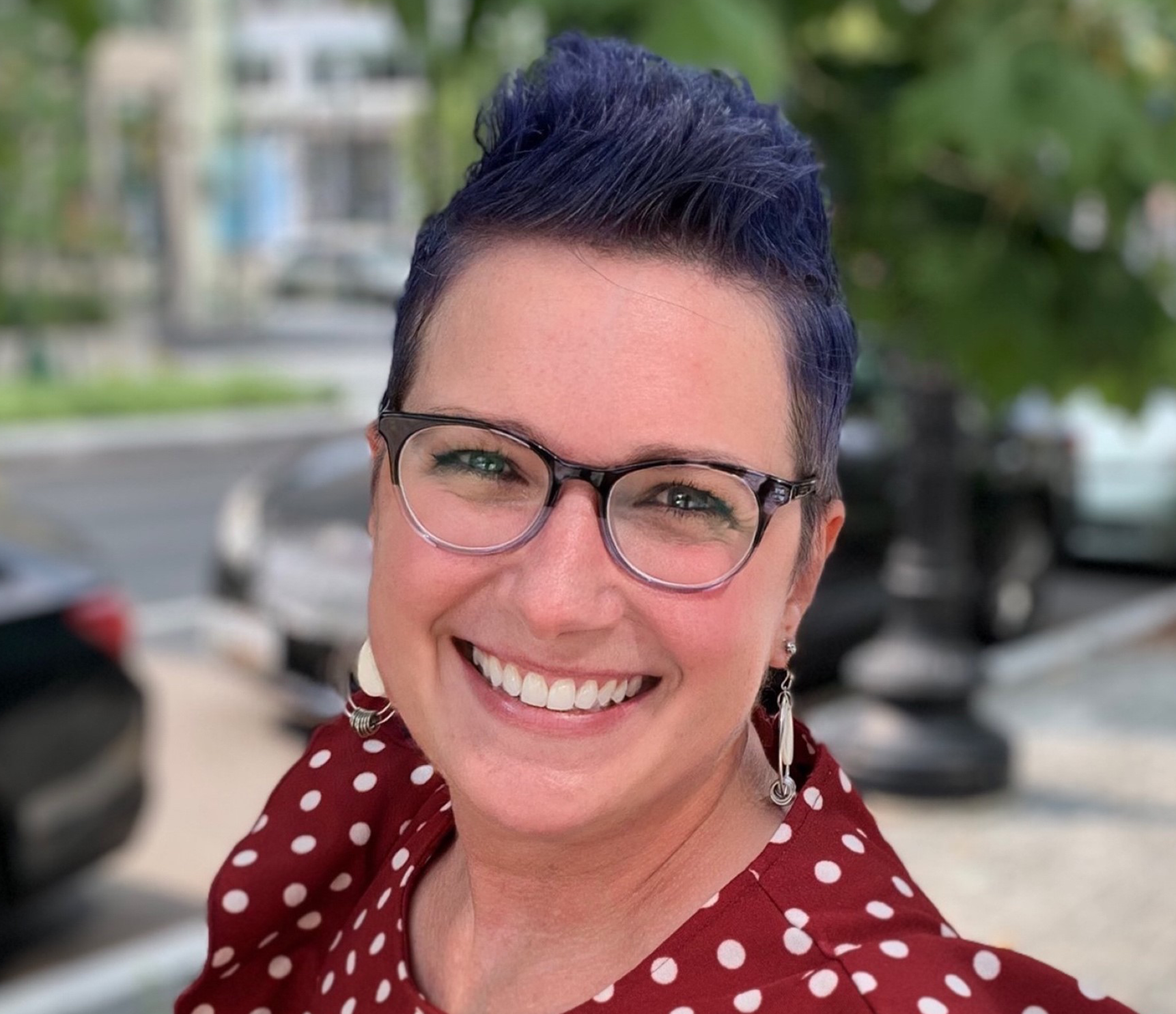Lilly’s Ebglyss Brings Another IL-13 Inhibitor to Atopic Dermatitis Treatment
-
Oct 17, 2024
Last month’s FDA approval of a drug to treat atopic dermatitis brings a new agent to a growing class of medications that payers say they consider a high priority to manage.
On Sept. 13, the FDA approved Lilly’s Ebglyss (lebrikizumab-lbkz) for the treatment of people at least 12 years old who weigh at least 40 kg with moderate-to-severe atopic dermatitis that is not well controlled despite treatment with topical prescription medications or when those medications are not advisable. Dosing for the interleukin-13 (IL-13) antagonist is 500 mg via two 250 mg subcutaneous injections at weeks zero and two and then 250 mg every two weeks until week 16 or later, when an adequate clinical response is achieved. At that point, maintenance dosing is 250 mg every four weeks. The drug’s wholesale acquisition cost (WAC) is $3,500 for a 250 mg/2 mL single-dose prefilled pen or prefilled syringe.
According to the National Eczema Association, atopic dermatitis — which is the most common of the seven types of eczema — affects more than 9.6 million children and about 16.5 million adults in the U.S.
Ebglyss’ approval came almost a year after Lilly revealed on Oct. 2, 2023, that the FDA issued a complete response letter for the drug’s biologic license application (BLA) due to issues found during “a multi-sponsor inspection of a third-party, contract manufacturing organization that included the monoclonal antibody drug substance for Lilly's lebrikizumab.” The agency did not express any concerns about the drug’s clinical data, safety or label.
The new drug will have multiple competitors, including two injectables that also inhibit IL-13.
Sanofi and Regeneron Pharmaceuticals, Inc.’s Dupixent (dupilumab), an IL-4/IL-13 antagonist, has racked up approvals for multiple indications, including asthma and chronic obstructive pulmonary disease (COPD), since its initial approval on March 28, 2017. That approval was for moderate-to-severe atopic dermatitis in adults, but three subsequent approvals expanded the drug’s patient population for the condition, and it now is approved for adults and pediatric patients at least 6 months old with moderate-to-severe atopic dermatitis whose disease is not adequately controlled with topical prescription therapies or when those therapies are not advisable.
LEO Pharma Inc.’s IL-13 antagonist Adbry (tralokinumab-ldrm), was first approved Dec. 27, 2021, to treat moderate-to-severe atopic dermatitis in adults, but it’s now approved for the same indication in people at least 12 years old whose disease is inadequately controlled with topical prescription drugs or when those medications are inadvisable.
All three medications can be used with or without topical corticosteroids.
For the Managed Care Biologics and Injectables Index: Q2 2023, from May 24, 2023, to June 30, 2023, Zitter Insights polled 36 commercial payers covering 116.8 million lives, 29 Medicare payers covering 43.3 million lives, 50 dermatologists and 50 practice managers about their management and prescribing of atopic dermatitis treatments.
AIS Health and Zitter Insights are both divisions of MMIT.
Sixty percent of all payers said that managing atopic dermatitis is a high or very high priority for them, and 52% said their management of the condition is aggressive or very aggressive. Asked about their level of satisfaction with current treatments, half rated it as average, and half reported a high level of satisfaction. Sixty-one percent of payers said people with atopic dermatitis have an average burden of disease, while 21% said it was high. And while no payers ranked the disease burden as very high, 18% of dermatologists did, indicating that patients’ daily living activities are severely impacted.
Payers said that an appropriate annualized net price for Ebglyss would be between $31,000 and $33,000, while $42,000 to $43,000 would be expensive, leading to recommendations for coverage to be slightly more restrictive than other available products. An annualized net price of more than $54,000 would be too expensive, payers said, leading them to recommend that the product not be covered or be covered in a highly restricted manner.
While payers varied in their expected impact of Ebglyss on other therapies within the class, almost half said they anticipate that it will have a moderate impact, meaning that some products are likely to have a change in tiering and/or utilization management criteria (see infographic).
© 2024 MMIT
GAIN THERAPEUTIC AREA-SPECIFIC INTEL TO DRIVE ACCESS FOR YOUR BRAND
Sign up for publications to get unmatched business intelligence delivered to your inbox.














